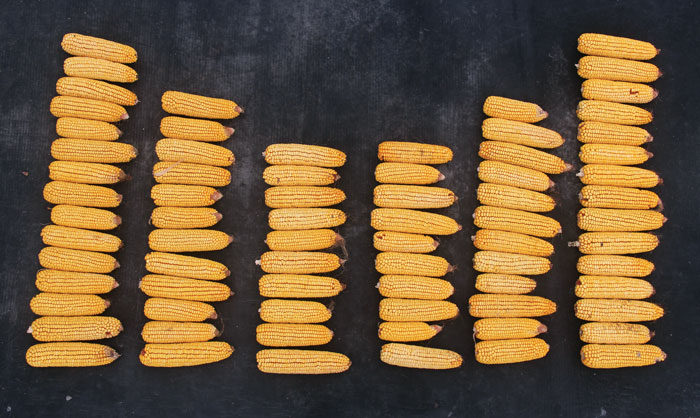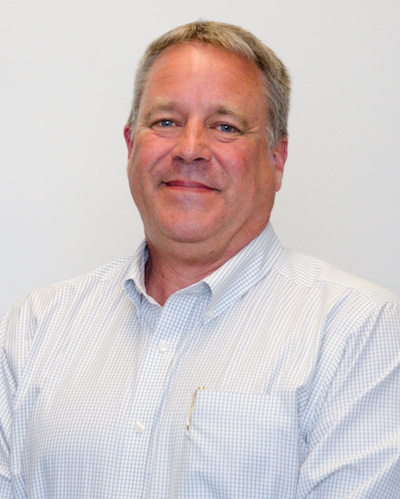After graduating from Purdue University in 1985 with a degree in agricultural economics, Matt Sheafer’s first job was with a farm management company in Ohio.
“I worked closely with about 15 different farmers in Ohio and Indiana,” says the no-tiller from San Pierre, Ind. “One thing I learned was that there are many ways to be successful. Each of the farmers I worked with did things a little different than the others, but in the end, they were all successful.”
Sheafer concedes that farms throughout the U.S. vary a lot and what works in northwest Indiana may not work in South Dakota or Georgia. Each area has its own unique soils, climate conditions and resources that require different approaches to growing a crop.
“I’m certainly not suggesting that intercropping is for everyone,” he says.
In addition to his talks with Dean Glenney in Ontario, more online research by Sheafer led to some great intercropping information from farmers throughout the Midwest, such as:
- Bob Recker, Cedar Valley Innovation, Waterloo, Iowa
- Marc Burggraff, Flandreau, S.D.
- Clay Mitchell, Buckingham, Iowa
- Sheldon Steyermer, Wells, Minn.
- Roger Knutson, Hubbard, Iowa
Sheafer also examined research by Ohio State University, the University of Illinois and Monsanto.
Through one of his seed suppliers, Wyckoff Hybrids, Sheafer met Doug Justison from Ohio who has been experimenting with intercropping for 3 years. Justison generously shared his research results, which strengthened Sheafer’s resolve to make intercropping work.
“What I found was the abundance of knowledge these farmers are willing to share, which is one of the great attributes of American agriculture,” he says. “For the most part, farmers don’t get hung up on proprietary information. The soil health and cover crop revolution is a good example of farmers helping farmers.”
Sheafer admits that he’s in the very early stages with intercropping and has a lot to learn. He’s looking forward to improving his methods and tweaking the details.
“I’m not saying it’s for everyone. I think it’s a very difficult method to scale over larger acreage. The management and time requirements may make it unattractive to larger farmers. But I also believe that in the future, as we progress with smaller, autonomous equipment, it may be possible to incorporate some form of intercropping even on a larger scale,” he says.
He notes that strip intercropping has been tested and tried for over 60 years. “It’s not a new concept, but with GPS guidance, improved genetics, new planter technology and the herbicide options now available, it’s worth another look.”
Sheafer adds, “I think farmers, in general, are a very innovative group of people, which is a big part of the enjoyment of farming. Trying new things and experimenting will likely lead to some failures, but if you never fail, you’re probably not trying hard enough.”








Post a comment
Report Abusive Comment